Yesterday I looked at shutter travel time for silent shutter operation on the Sony a7RII. Incidentally, we noted that the electronic first curtain shutter (EFCS) pretty faithfully emulated the acceleration of the mechanical second curtain, at least at 1/500 second.
On the Nikon D810, EFCS stops working at shutter speeds above 1/2000. On the Sony alpha 7 cameras with EFCS, Sony advises against using the capability at fast shutter speeds, but let’s the user decide how far to push it.
So, let’s push it and see what happens when we take pictures of a high-frequency triangle wave on an oscilloscope with the time base set to 500 microseconds (us) per division.
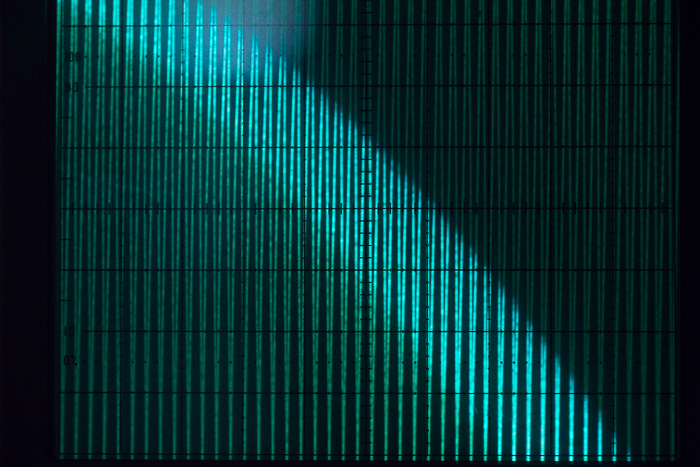
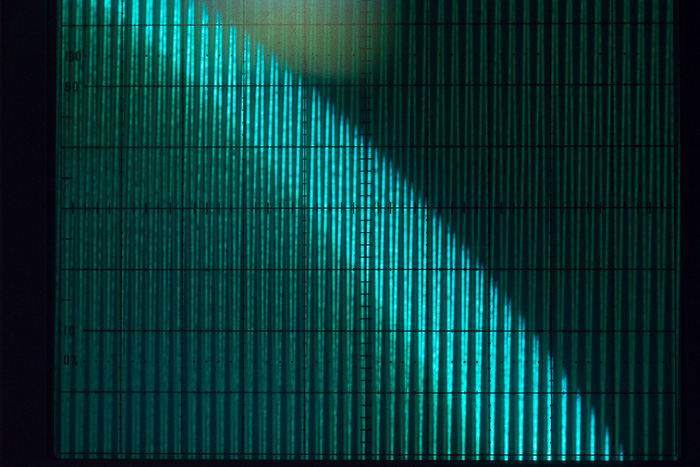
You can see that the EFCS image has a little less exposure at the top of the image, but you probably wouldn’t notice that in a real photograph. The all mechanical image is pretty even.
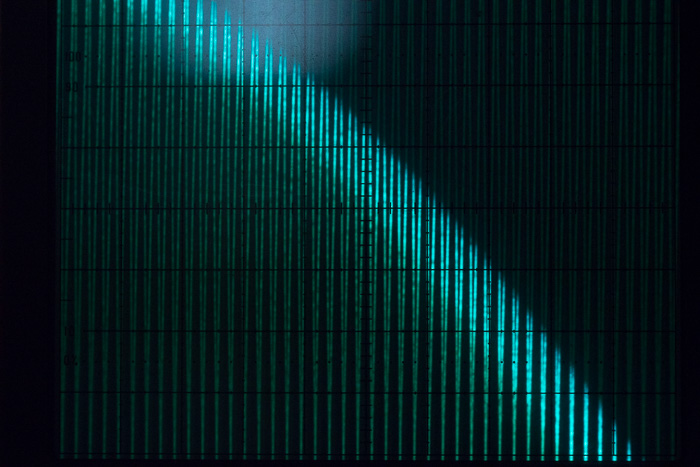
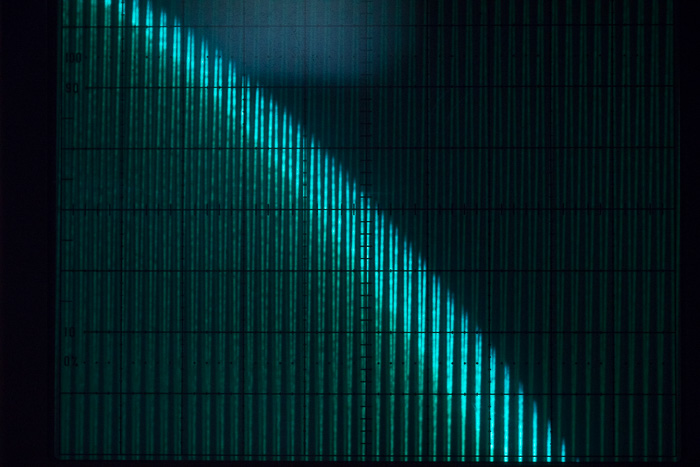
Now the EFCS exposure is suffering from nonuniformity noticeably, but would probably be fine for many purposes.
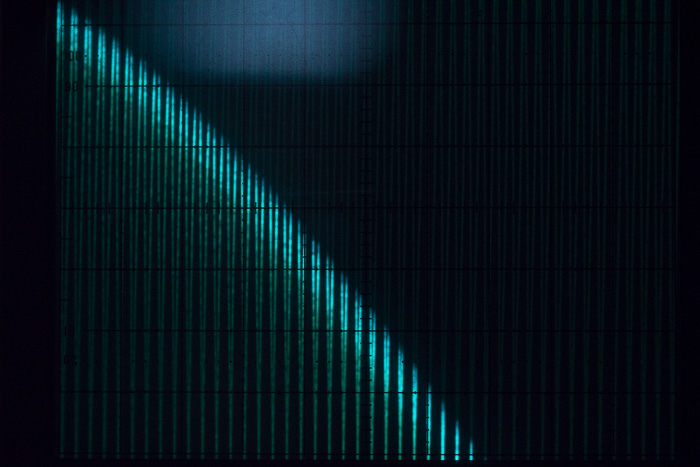
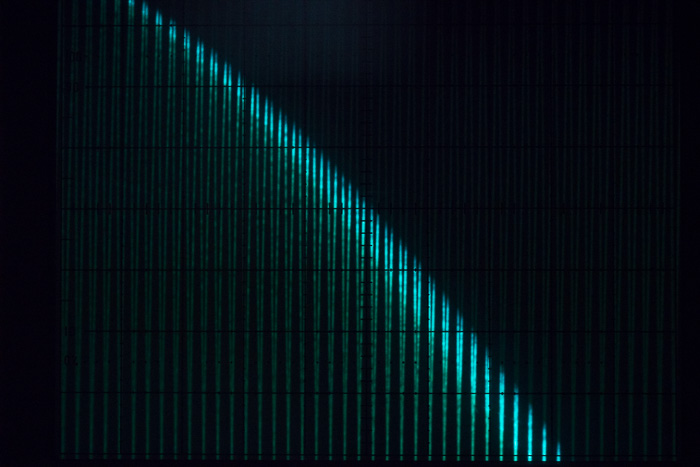
The EFCS exposure at the top of the image is about 1/3 of that at the bottom. This should normally be avoided.
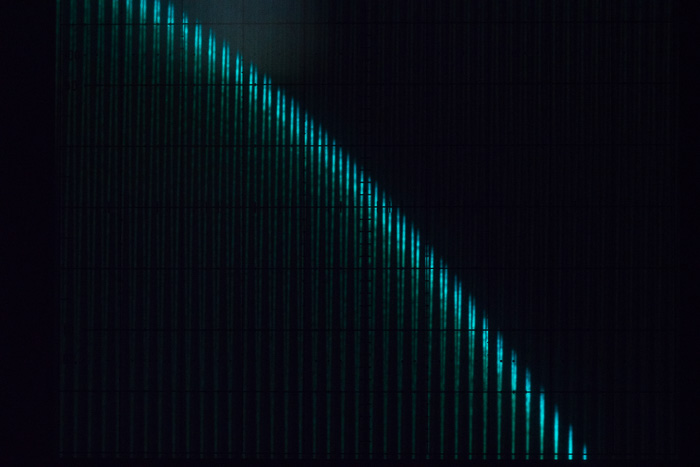
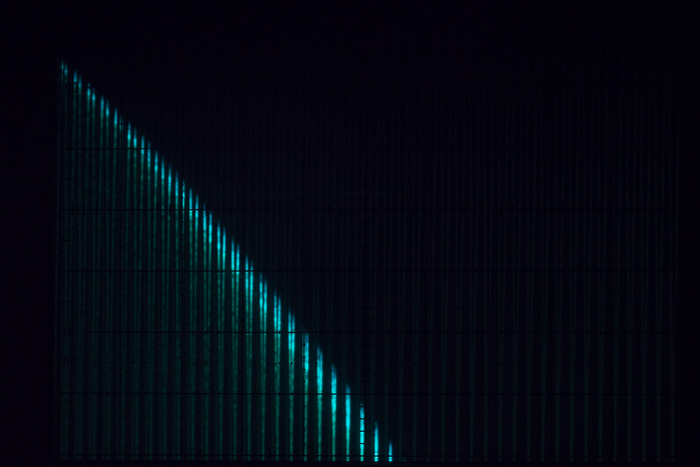
There is essentially zero exposure at the top of the EFCS image. Not useful.
The synching of electronic and mechanical behavior over time, temperture, wear, and sample variation is an iffy business.
I used to say that users should avoid a7x EFCS shutter speeds of over 1/2000 second. Based on these results, I’m dropping that to 1/1000.
CarVac says
That’s absolutely fascinating.
I had no idea that happened.
Canons by default use EFCS in live view mode, and it turns out I’ve never once actually used live view with a shutter speed significantly above 1/1000.
I just tried 1/8000 and the bottom of the image is completely black.
There’s an option to turn EFCS off, but I never knew why you’d ever do that before.
Glenn Barber says
Are the results on an A&&3 similar?
When is it particularly valuable to turn EFCS on?
JimK says
EFCS is most useful at shutter speeds slower than 1/500 and faster than a second or two, and with longer lenses. The a7RIII EFCS works the same.
scott says
have you tested this with lenses that have different exit pupil distances?
JimK says
It’s been so long I can’t remember, and I don’t have any Sony gear anymore.
scott says
im more interested in efcs in general, i did some basic testing with a canon r5 (mech and efcs) and canon rp (efcs only) and noticed significant differences between the cameras and also significant differences between different lenses, but only with non electrical lenses.